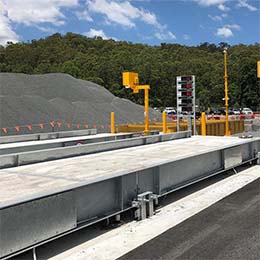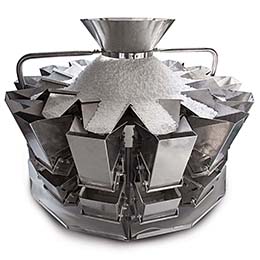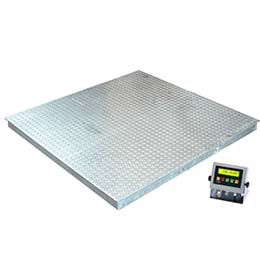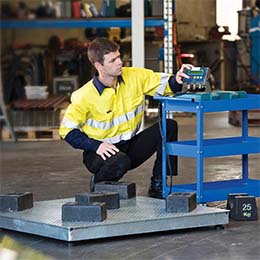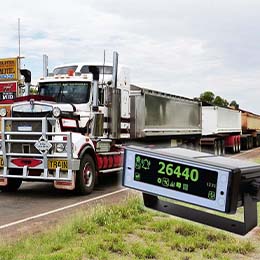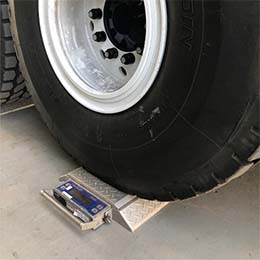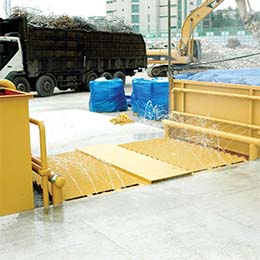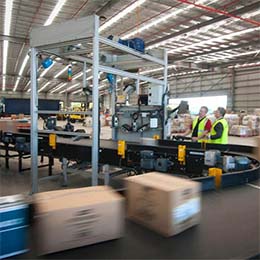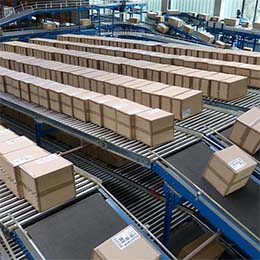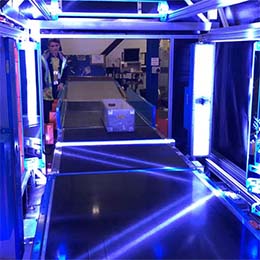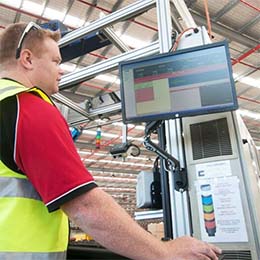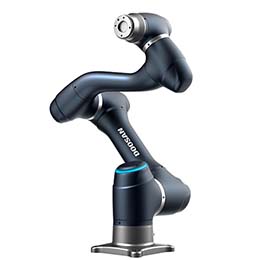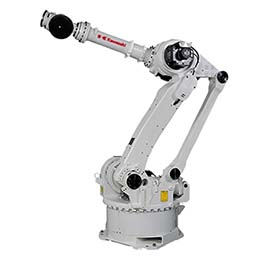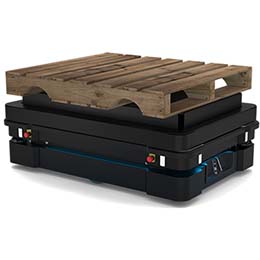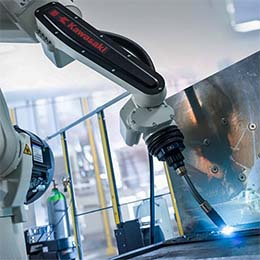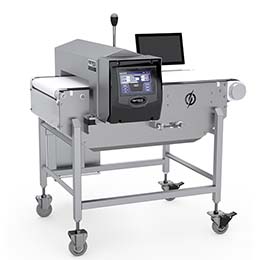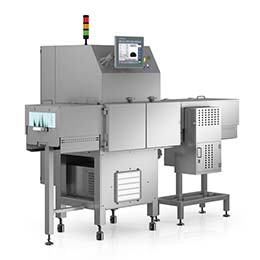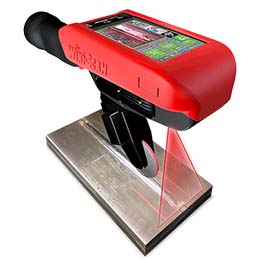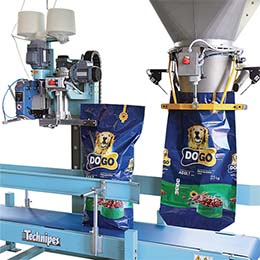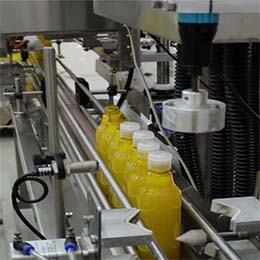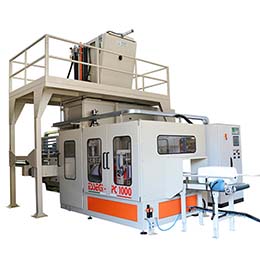Cochrane’s, the iconic South Australian transport business founded by owner Peter Cochrane, has chosen to partner with SCACO for their new parcel barcode scanning, weighing, and dimensioning automation system.
The Adelaide-based freight business originally took off back in 1974 after Peter landed an important contract for daily distribution of the Women’s Weekly magazine throughout Adelaide. Turns out this contract helped lay the groundwork for future success and enabled Peter to grow the regional distribution business by adding further titles and, later, diversifying into other products.
These days Cochrane’s is the go-to distribution service provider for Adelaide and regional South Australia locations for those companies who may not have sufficient infrastructure set up themselves.
Under the stewardship of CEO Bruce Hampson, Cochrane’s has continued to grow at a fast clip by diversifying into the express freight and express parcel business and offering efficient cross-docking services.
“We’re not competing with the “big guys” in the transport game, we actually work for them as an independent service provider,” says Bruce. “We give them a presence and a structure without the fixed costs, which we will keep doing as we believe that’s how we’ll grow.”
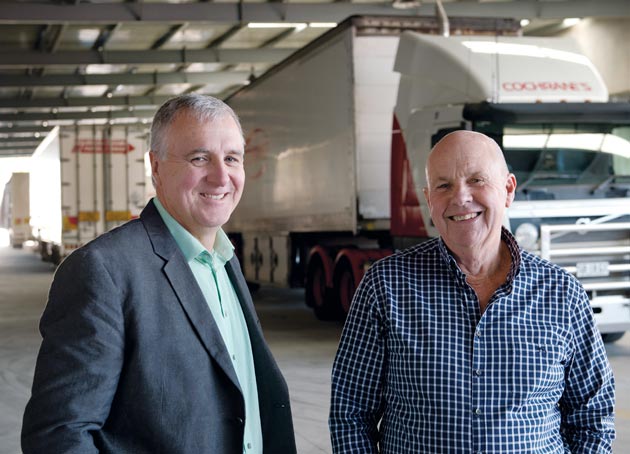
Above: Bruce Hampson and Peter Cochrane
But volume growth in the freight business can often result in new challenges and bottlenecks.
So, in Bruce’s words, “In mid-2016, Peter Cochrane Management Pty Ltd (Cochrane’s) embarked on a system improvement program that included upgrading an existing powered conveyor line and the potential implementation of an automatic Dimension Weigh Scan (DWS) system.”
“Following discussions with potential suppliers and site reference visits to a number of large transport companies, we selected SCACO as our preferred partner. SCACO spent time refining the proposed installation and ensuring they understood our business requirements and expectations.”
The Challenge. Bruce’s fundamental challenge was this, Cochrane’s needed to be able to identify (barcode scan), cube, and weigh parcels of various shapes and weights – even up to 2.5 m in length- at a rate of up to around 2,000 items per hour. Adding to this challenge, given that they are a service provider to many other companies, Cochrane’s needed to scan a wide variety of barcodes over which they had no quality control input.
Cochrane’s were also moving from hand barcode scanning to auto scanning. One way to think of this transition is that a human being, albeit a bit slow, is like an excellent robot: he or she can keep scanning a code on a parcel until they get the beep. The barcode automation system must get it right the first time, every time.

Above: mapping the bar code scanning array during testing. Gotcha!
“This is one of the most critical aspects to any automated, in-motion, barcode scanning system – whether an isolated custody scanning install or as part of a more complex DWS system,” starts SCACO’s Senior Design Engineer, Peter Hickey. “The quality of the bar code from an automated scanning perspective is critical; this, combined with throughput volume needs, the use of system modules like spacing conveyors, and how and where the barcode is oriented within the configured scan window all combine to determine read-rate outcomes. The higher the read-rate expectations, the greater the care required in the original design.”
Peter continues, “And, given that everyone always wants read rates as close to 100% as possible, a deep expertise in system design, component performance, and practical reality is critical. We find that, as a systems integrator, given that we are the ones living with and supporting the customer, we understand the scanning capability of the hardware as well or better than the scanner manufacturers.”

Above: SCACO engineers assembling the dimension weigh scan and system control section
Legal For Trade. Of course, Cochrane’s entire dimensioning automation system needed to be legal for trade (ie Australian NMI certified) to ensure that all customers are charged correctly for accurate parcel dimensions. This includes whether by weight or by parcel cubic dimensions. To help facilitate this process and allow for better customer service, an IP camera was included to take a digital colour image of every measured parcel. Over this image SCACO’s Image Lift software superimposes barcode number, date, time, weight, length, width and height. The image file can be used, if required, to verify freight charges and/or dimensions as well as parcel condition or parcel identification if lost or damaged.
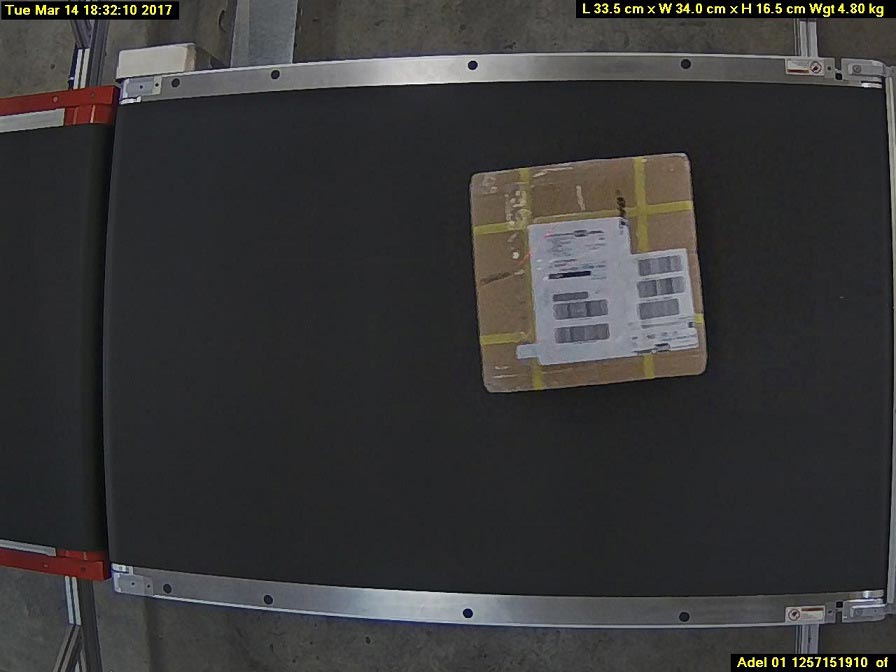
Above: Image file from Cochrane’s new DWS. Also notice that there are multiple barcodes visible on the top of the carton – in addition to those that might be on the other four scannable sides. Have no fear. SCACO’s Harmony software module, BarCollate, uses barcode filtering rules to ensure that, even though all the visible barcodes are scanned by the system, only the right barcode is associated with both the image and the measurement files.
Five sides are better than one. After careful consideration Bruce decided to go with 5-sided laser barcode scanning in order to give each parcel the best chance of getting a successful scan regardless of how an operator might induct the item onto the moving conveyor line. Five-sided scanning is especially advantageous where irregular or “ugly” shapes are involved. These shapes can move, roll, or tip over and the ability to scan five sides (even six sides are possible!) always gives the best chance for a good scan.
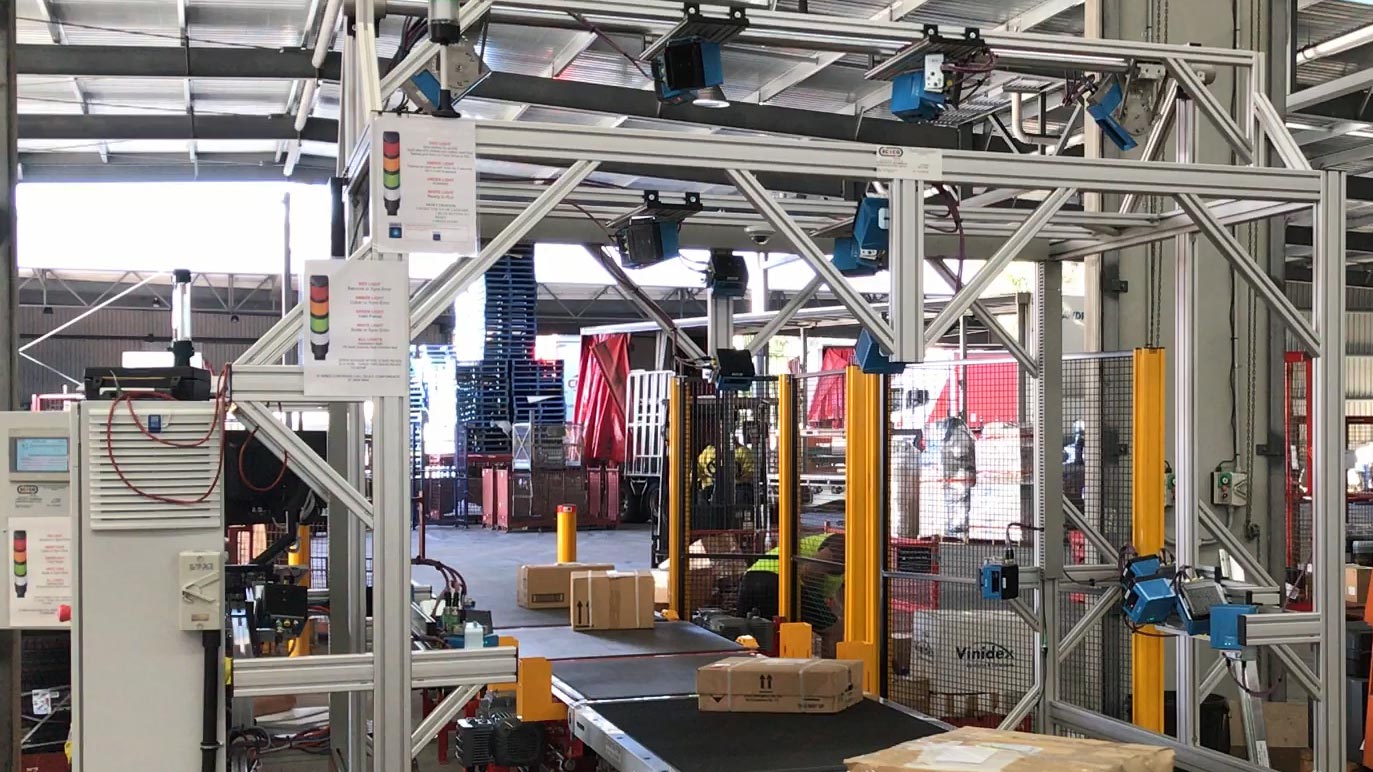
Above: In order to ensure very high read rates across a large scan window area, a total of 24 SICK Clv 690 laser barcode scanners (the little blue boxes on the frame) were incorporated into the SCACO DWS System. Ultra high read rates are essential to a successful dimensioning automation system.

Above: SCACO’s Senior Projects Manager and Design Engineer, Peter Hickey, showing his good side while testing the new dimensioning automation system. In this picture notice five unique driven belts. From the bottom of the image moving up, the first three are infeed spacing belts. These belts ensure that only one item at a time, regardless of how large or small, is on the weigh belt. The fourth belt from the bottom is the weigh belt, the German-made OCS EC SL3. The top belt, just before the new (SCACO integrated) roller conveyor is a controlled out feed belt. All of the system control, statistical and reporting software, photo eyes, and associated plc programming is done by SCACO.
Future Proofing. Another interesting detail in the Cochrane’s installation is that the system can increase throughput capacity up to 3,000 items per hour by adding an additional infeed and outfeed spacing conveyor along with a few other minor adjustments. Of course, inducting and removing parcels to facilitate this higher throughput is a factor but overall the fundamentals are in place to achieve the outcome, if required.

Above and below: SCACO’s new fully integrated Dimension Weigh Scan system in action during testing at Cochrane’s. Dimensioning Automation on the move. Looking good!

Systems Integration with Imagesoft FMS. Of course getting correct, legal-for-trade, parcel barcode, weight, and dimensions in near real time into your billing or freight management system is great but if this level of direct automation is new to the user then automated business rules must be created in the billing system back-end to ensure the right decisions are instantly (or quickly) made with this data, per customer. This is a central transition the new DWS system user must prepare for: introducing real time DWS automation into the business. This has enterprise-wide implications. A range of stakeholders across the entire business are affected. These include IT, Accounts and Invoicing, Sales – and, of course, customers. Customers can now benefit from genuine transparency in how they are charged for freight services. If there is a discrepancy or a conflict the item-level image file can serve as the arbiter of fact. This is a great benefit to all stakeholders.
Cochrane’s are users of leading industry freight management system provider, Imagesoft, for their billing, invoicing and other related software requirements. SCACO engineers worked closely with both Imagesoft and Cochrane’s network and IT support providers, Adelaide-based Lettscom to get the systems integration right from day one.
Let’s be clear, this is not as easy as it sounds, as anyone who has gone through the process of introducing complex high-volume data automation can attest. SCACO software engineers needed to code for and coordinate a variety of IT interfaces including IP address details, subnet mask, ftp and dns details and so on. But, according to Imagesoft Director and Owner, Glen Tunny, SCACO came through with flying colours.
According to Glen, “SCACO were very organised and professional in their approach. We could tell that they had performed this sort of systems integration many times before. If any file formatting or coding changes were needed they happened in a matter of hours not days or weeks. This level of agility makes a huge difference during the start-up phase. Testing and re-testing happens quickly. Going live was fairly smooth with only minor tuning. Peter Hickey and SCACO were a pleasure to work with and I’d have no hesitation is recommending them to any of our other clients.” Thanks, Glen! SCACO reckon Imagesoft is great to work with too!
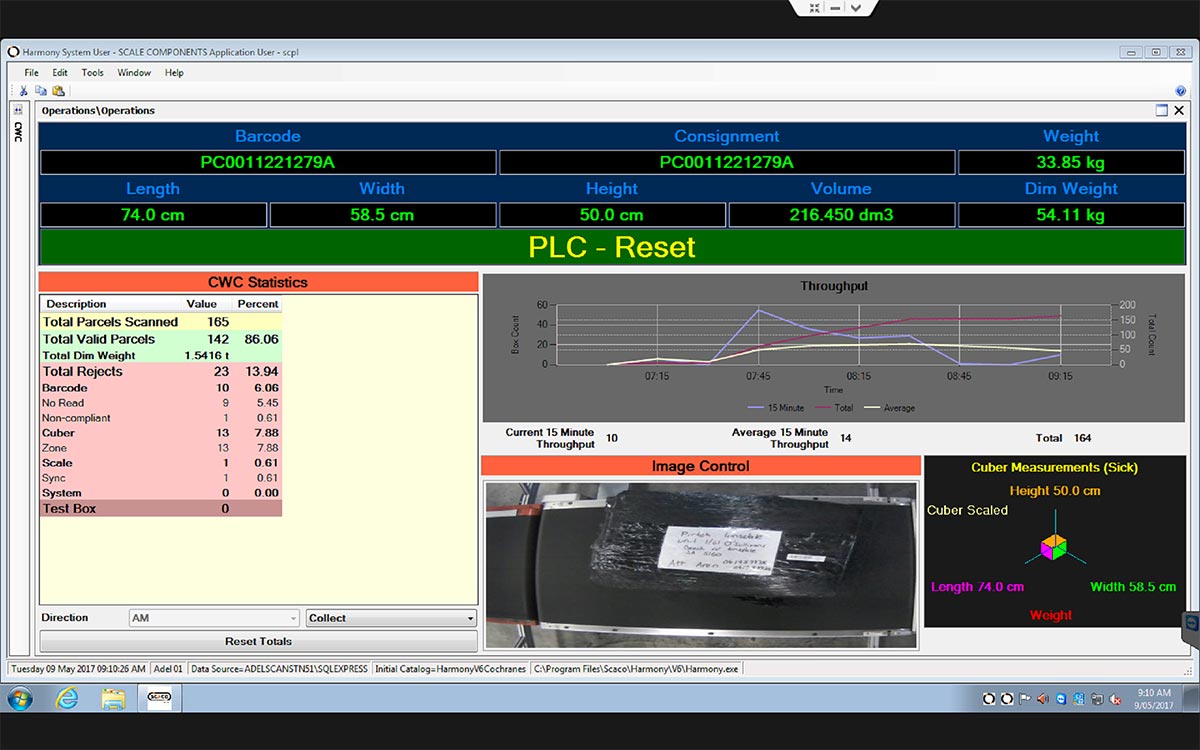
Above: Harmony software screenshot
Creating Harmony with Harmony. SCACO’s exclusive Harmony DWS System Software brings together complex and disparate component subsystems – both hardware and software, into a harmonious whole ensuring that those subsystems function together to deliver optimal performance and maximum customer value. Harmony incorporates an MS SQL database and uses SAP’s Crystal Reports to generate system performance, statistical, and diagnosis reports in csv, xml, xls, or other formats. Managers can choose the statistical reports they want and even receive an automated system email with attachments in their inbox at their convenience.
According to SCACO’s Peter Hickey, “Because we have developed and refined the source code for Harmony over many years and dozens of installations with different users we have refined it into a very robust, very practical, software product. We act as the revenue recovery automation partner to our clients. This means, if the system goes down for whatever reason, revenue recovery might be temporarily jeopardised and so the client is on the phone to us straight away. SCACO software engineers are able to support Harmony remotely via network or internet access in real time – even from our smartphones. This level of deep technical expertise means we really understand what we are doing. Our clients understand this – and appreciate it.”
Final comments belong to Bruce Hampson, “In February 2017 this new system was installed. I cannot speak highly enough of the professional and dedicated approach of Peter Hickey and his team. The hours they put in and the manner in which they worked around a live operation at times was tremendous, and allowed us to implement the system with no down-time or material impact on the process flow.
I would have no hesitation at this point in recommending Scaco as an outstanding potential partner to work with.”
Sounds good to us, Bruce! On behalf of Peter Hickey and the rest of the SCACO team we salute both you and Cochrane’s for the determination to drive continued technical innovation and superior customer service!
Story by Rhett Talley, SCACO Marketing & Business Development Manager

